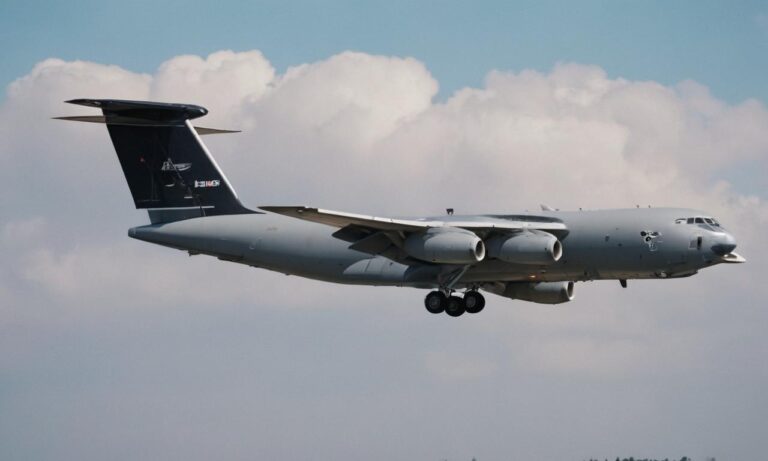The world of Airborne Warning and Control Systems (AWACS) is one of technological marvels, pushing the boundaries of airborne surveillance and command capabilities. In this article, we delve into the realm of the best AWACS aircraft globally, exploring their features, capabilities, and significance in modern aviation.
The Evolution of AWACS Technology
AWACS aircraft have undergone a remarkable evolution since their inception. From the early radar-equipped planes of the Cold War era to the sophisticated, integrated systems of today, each generation has brought unprecedented advancements in airborne surveillance.
Key Features of Top AWACS Aircraft
When it comes to determining the best AWACS aircraft, several factors come into play. These include radar range, sensor capabilities, communication systems, and overall mission effectiveness. The following are some of the key features that set the top AWACS aircraft apart:
- Advanced Radar Systems
- Multi-Sensor Integration
- Communication and Data Link Capabilities
- Endurance and Range
- Mission Versatility
Global Players in the AWACS Arena
Several nations boast cutting-edge AWACS capabilities, contributing to the global landscape of airborne surveillance. Among the standout contenders are:
| Country | Top AWACS Aircraft |
|---|---|
| United States | E-3 Sentry |
| Russia | A-50 Mainstay |
| China | KJ-2000 |
| Israel | Phalcon |
Strategic Importance of AWACS
AWACS aircraft play a pivotal role in modern warfare and defense strategies. Their ability to provide early warning, surveillance, and command coordination is crucial in ensuring air superiority and responding swiftly to potential threats.
Looking Towards the Future
The future of AWACS technology holds promises of even greater capabilities. With advancements in artificial intelligence, sensor technologies, and communication systems, the next generation of AWACS aircraft is poised to redefine the standards of airborne surveillance.
As we navigate the vast skies of technological innovation, the quest for the best AWACS aircraft continues. Nations around the world invest heavily in these airborne sentinels, shaping the future of aerial dominance and global security.
Frequently Asked Questions
Curious minds often seek answers regarding AWACS aircraft and their pivotal role in modern aviation. Here are some frequently asked questions to enhance your understanding:
- How do AWACS aircraft provide early warning?
AWACS aircraft utilize advanced radar systems with long-range capabilities to detect and track potential threats in the airspace. This early detection allows for timely response and strategic decision-making. - What is multi-sensor integration in AWACS?
Multi-sensor integration involves combining data from various sensors, such as radar, to provide a comprehensive and accurate picture of the surrounding airspace. This enhances the aircraft’s situational awareness and surveillance capabilities. - Why is endurance crucial for AWACS missions?
Endurance, referring to the aircraft’s ability to stay airborne for extended periods, is vital for prolonged surveillance missions. It ensures that AWACS aircraft can cover large areas and contribute to sustained situational awareness. - How do AWACS contribute to air superiority?
AWACS play a critical role in establishing and maintaining air superiority by providing real-time information, coordinating air assets, and facilitating effective communication, thus enabling a strategic advantage over potential adversaries.
Technological Advancements in AWACS
Continual advancements in technology drive the evolution of AWACS capabilities. Some noteworthy technological trends shaping the future of AWACS aircraft include:
- Artificial Intelligence Integration
The incorporation of artificial intelligence (AI) enhances data analysis, decision-making processes, and the overall efficiency of AWACS systems. - Next-Gen Sensor Technologies
Ongoing developments in sensor technologies, such as phased-array radars and advanced electronic warfare systems, contribute to improved detection and tracking capabilities in diverse operational environments. - Enhanced Communication Systems
Upgrades in communication systems enable seamless connectivity, data sharing, and coordination among multiple AWACS aircraft and other elements of the air defense network.
Conclusion
Embracing the past, present, and future of AWACS aircraft unveils a journey marked by innovation and strategic significance. As technology propels us forward, these airborne sentinels continue to be at the forefront of global defense, ensuring a safer and more secure airspace.






